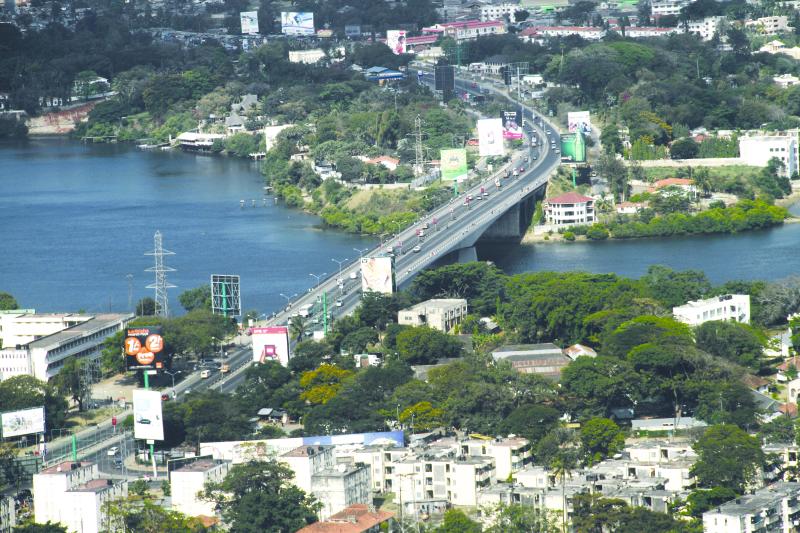×
The Standard e-Paper
Smart Minds Choose Us

The giant pillars made of impregnable stones, sitting on a coral base covered by green moss-like jelly belie a glorious past. This is all that remains of the once promising hub.
Behind these truncated pillars, a whitewashed wall with graffiti chalked by an idle youth philosophically sums up the fortunes of what was once billed as the greatest feat of bridge architecture in East Africa.